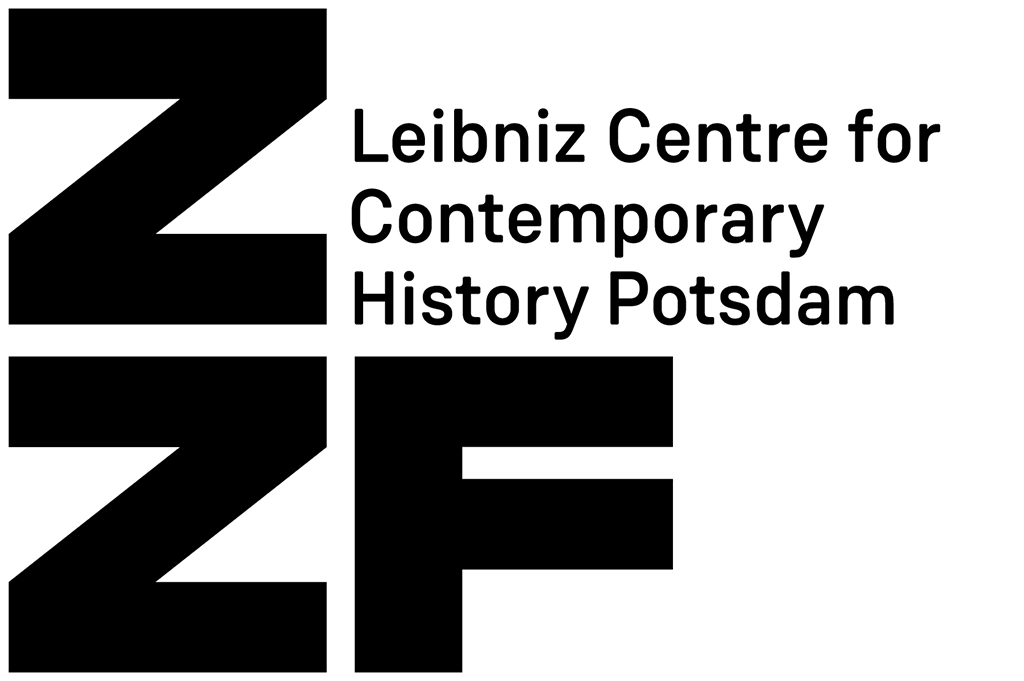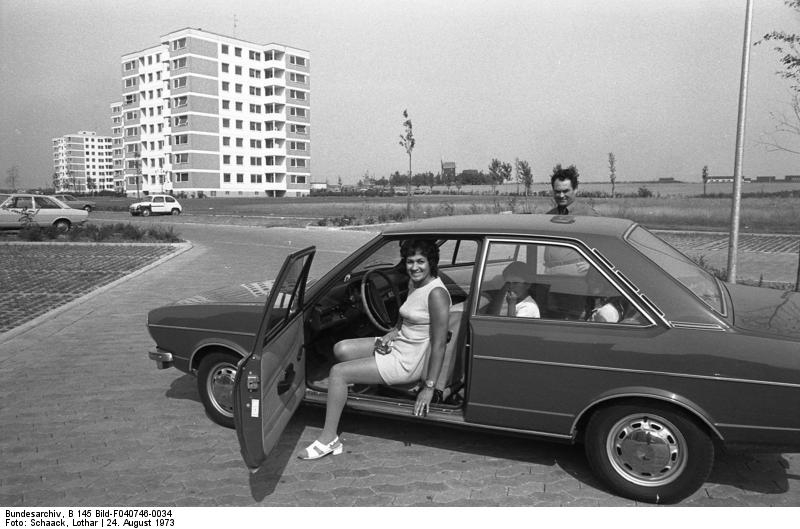PhD project
With a diachronic study, the pictorial representation of "guest workers" and "(late) resettlers" in the German print media between 1955 and 1998 is to be analyzed in the PhD project. The research focuses on the question as to whether people with other ethnic backgrounds are also displayed differently at pictures. The sources for this work are photographs, photographic storytelling and photo collages of the German magazines Spiegel and Stern. Since their inception, the two magazines have been important opinion-formers throughout the post-war era in Germany. Both have contributed outstandingly with their photographical coverage. The aim of this study is to decode the mechanisms of figurative representation of people with an immigrant background, which have evolved historically. It is of interest how the pictures transmit the social reality of those ethnic individuals and groups. The diachronic approach is used to expose developments, changes and continuities in this figurative representation.


